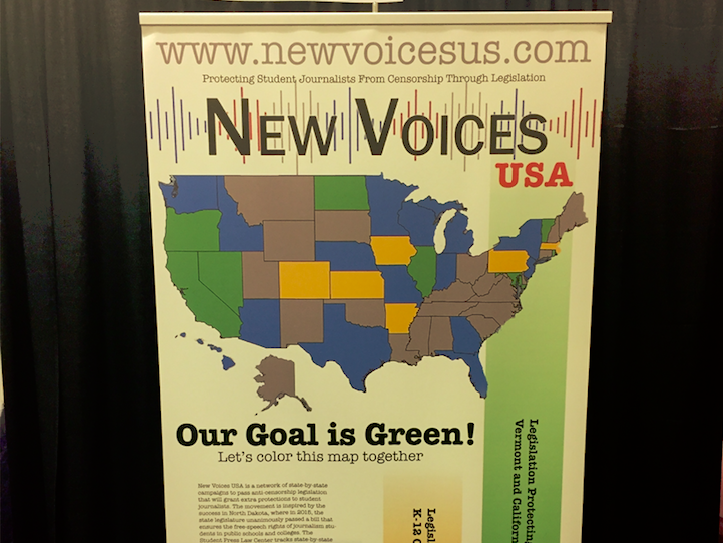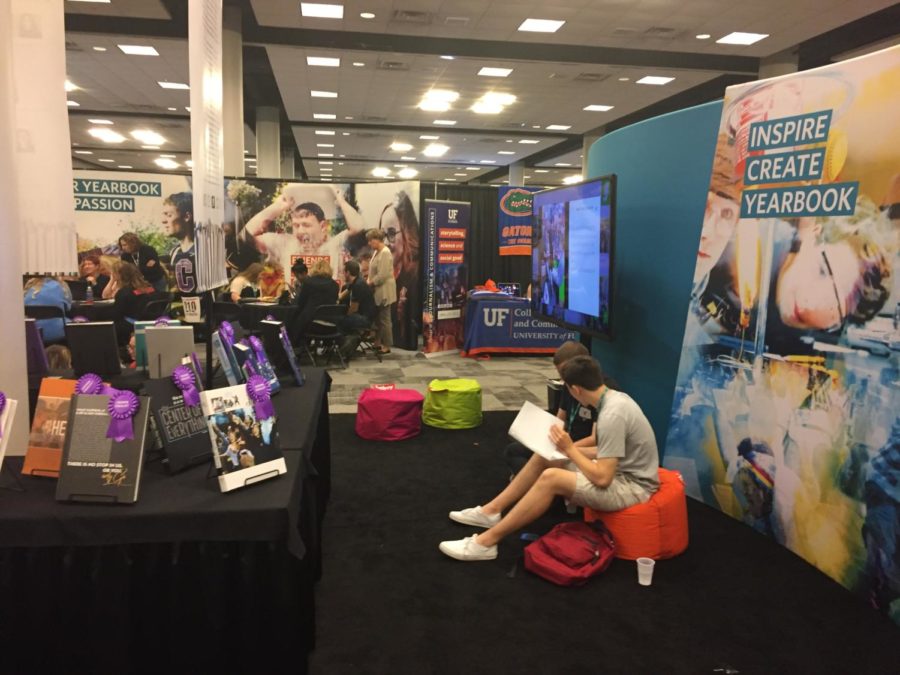The New Voices Movement: Paving the way for a future of uncensored journalism
"To suppress free speech is a double wrong. It violates the rights of the hearer as well as those of the speaker." -Frederick Douglass, 1860.
November 17, 2017
You pour hours and hours into interviewing the victim, her family, and her researched psychologists trying to better understand the recent rise in suicide rates at your school. After months of intense research, you realize you have finally reached the culmination of your detective work: getting approved by school administration. Unfortunately, it only takes the school principal one look at the headline for him to disapprove its print in the upcoming issue altogether. Still only a developing newspaper, this was the first time the board decided to cover a more controversial issue, and already, any prospect of doing so was tarnished. The controversial issue was intended to spark conversations in students, to spread word of the newspaper’s courageous act covering an issue so big. Without the right to publish the news as it is, many high-schools students are fixed. Multiple student journalists feel as if there is little room for themselves to understand what it means to be a journalist. And, there is absolutely no room for the news to maintain the integrity it was intended to have.
Situations such as the above have lead to the creation of the New Voices USA, a network of movements that strives to give more rights to student journalists. Specifically, the law aims to end administrative censorship, allowing students to experience the professional end of journalism; This mainly affects students in three sectors: high schools, public universities, and private universities. Each of these three divergent educational systems is independent of one another with different case law and situations; however, the aforementioned movement for these three institutions were all inspired by the 2015 movement in North Dakota that influenced the John Wall New Voices Act of North Dakota, which passed unanimously. This law gave rise to the overarching New Voices movement.
In high schools, the New Voices legislation will restore the Tinker Standard of 1967, which protects high school student’s speech unless it is deemed libelous, a clear invasion of one’s privacy, or a present danger or disruption of the school in which it is published. However, the Hazelwood decision of 1988 bestowed censorship rights for administrators by allowing them to easily justify censorship of legitimate speech in curricular settings.
Not only does this clearly pertain to high school students, but it also affects college students bound for professional careers in journalism. Specifically, this law will foster a more welcoming environment for student voices and expression. Currently, the Hazelwood standard applies only to high school students and treats college students as professional journalists. This creates the possibility for college students to get entangled in complicated court cases, as a result of incorrect interpretations of their writing. During the Hosty vs. Carter case, Dean Patricia Carter ordered that the printer of their college newspaper, The Innovator, stop printing unless the stories are pre-approved by administration. This ruling helped in reversing some of the negative consequences of the Hazelwood standard, which offered no protection to college students.
Students all across 50 states of America are reporting with a bad incentive that consequence is just around the corner, sitting at a desk with a red stamp of disapproval. New Voices strives to be the future; it strives to reinvent journalism.

